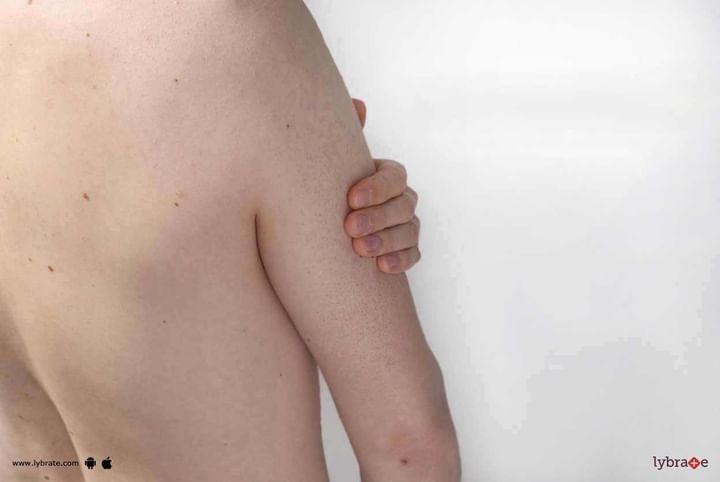Keratosis Pilaris - How To Handle It?
The skin is the largest organ in the body and is one of the five sense organs, helping us with ‘touch.’ The first outer layer is called the epidermis and the underlying layer is called the dermis. The skin has a protein known as keratin, which protects it from various external toxins and infections.
In some people, due to unknown reasons, there could be pile up of this protein in the deeper layers, producing small bumps, which feel like sandpaper. Literally, the term keratosis pilaris (KP) refers to piling up of keratin pigment. It can block the hair follicle that would normally open into the skin. When there are multiple blocks in the same area, there could be a sandpaper-like rough feeling to the touch. This gives this condition other names including goosebumps, chicken skin or chicken bumps. Though it is a cosmetic issue, it is medically a benign and very common condition.
Cause
KP, as it is popularly known as, is believed to be a genetic disorder with faulty genes leading to excessive accumulation of keratin. These appear as red, small bumps that are usually seen on the hands, arms, thighs, buttocks, and rarely on the face. The surrounding skin may be inflamed if there is a buildup of skin under the pile of keratin.
The onset of KP is usually in the first decade of life, worsens during puberty, and reduces during adulthood. There are, however, instances where the onset happens during adulthood. Twins and people with atopic dermatitis are more likely to have KP.
KP is more common in people with dry skin as oily skin seems to offer some protection.
There are also studies that give it a correlation with weather, with winter seeing more of this condition than summer. This is because our skin tends to dry more in winter than in summer. There could be some people who are completely normal during the summer months but will develop these bumps during the winter, which again subsides with the season.
Signs and Symptoms
As noted above, KP is a medically benign condition. There is a cosmetic concern if it is in the visible areas like arms and hands. Also, the area could feel rough and dry, but the affected person may not experience any itching or other harm. People with atopic dermatitis and eczema are more likely to develop KP; hence these other skin conditions require proper management.
Management
Patient education is the most important. This disease does not require any treatment and is usually self-limiting. It is very rare for KP to affect the whole body. Creams containing alpha hydroxy acid, salicylic acid, lactic acid, or vitamin A may be required to remove dead skin cells and to prevent clogged follicles from the bodies of the affected people.



+1.svg)
